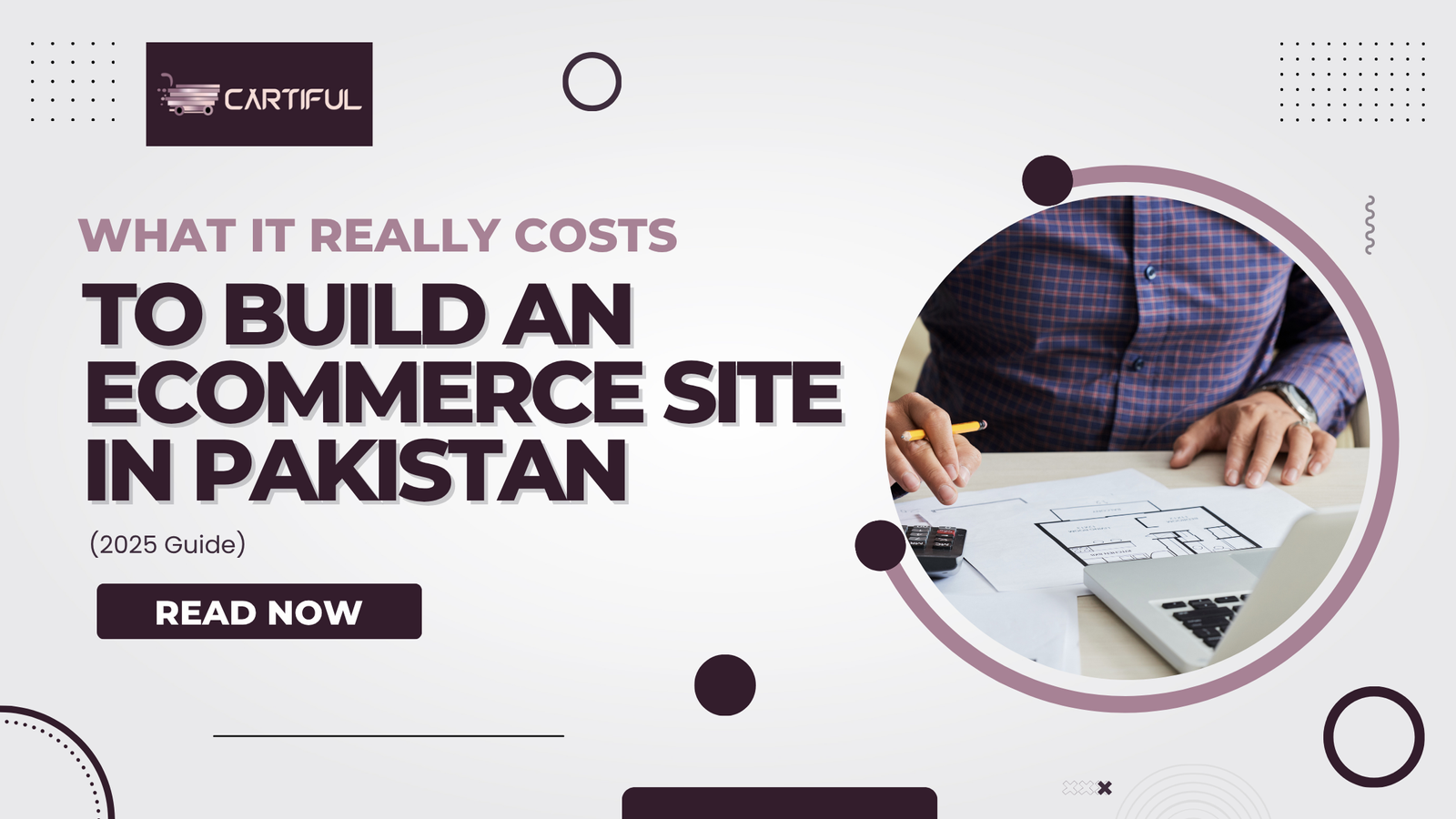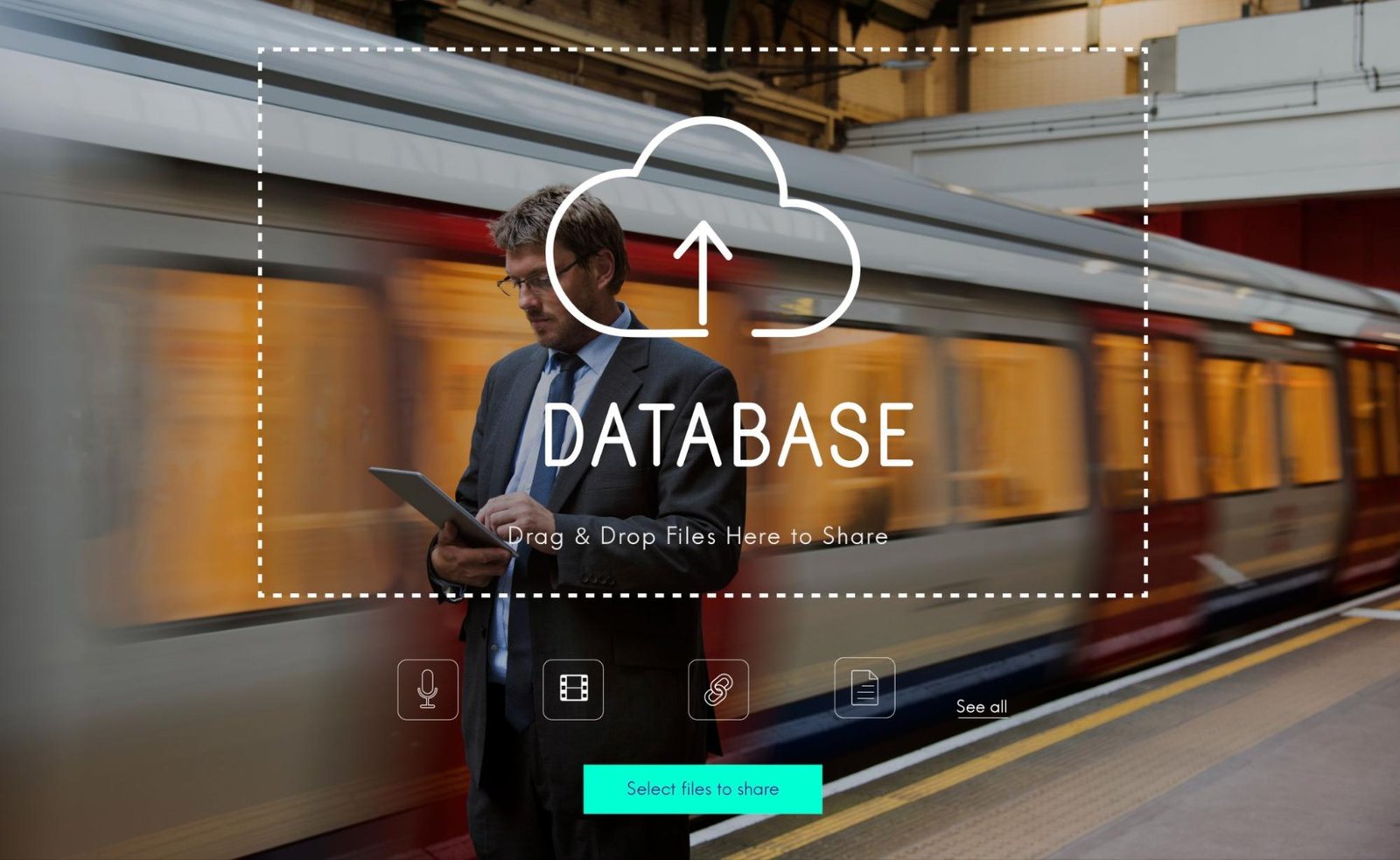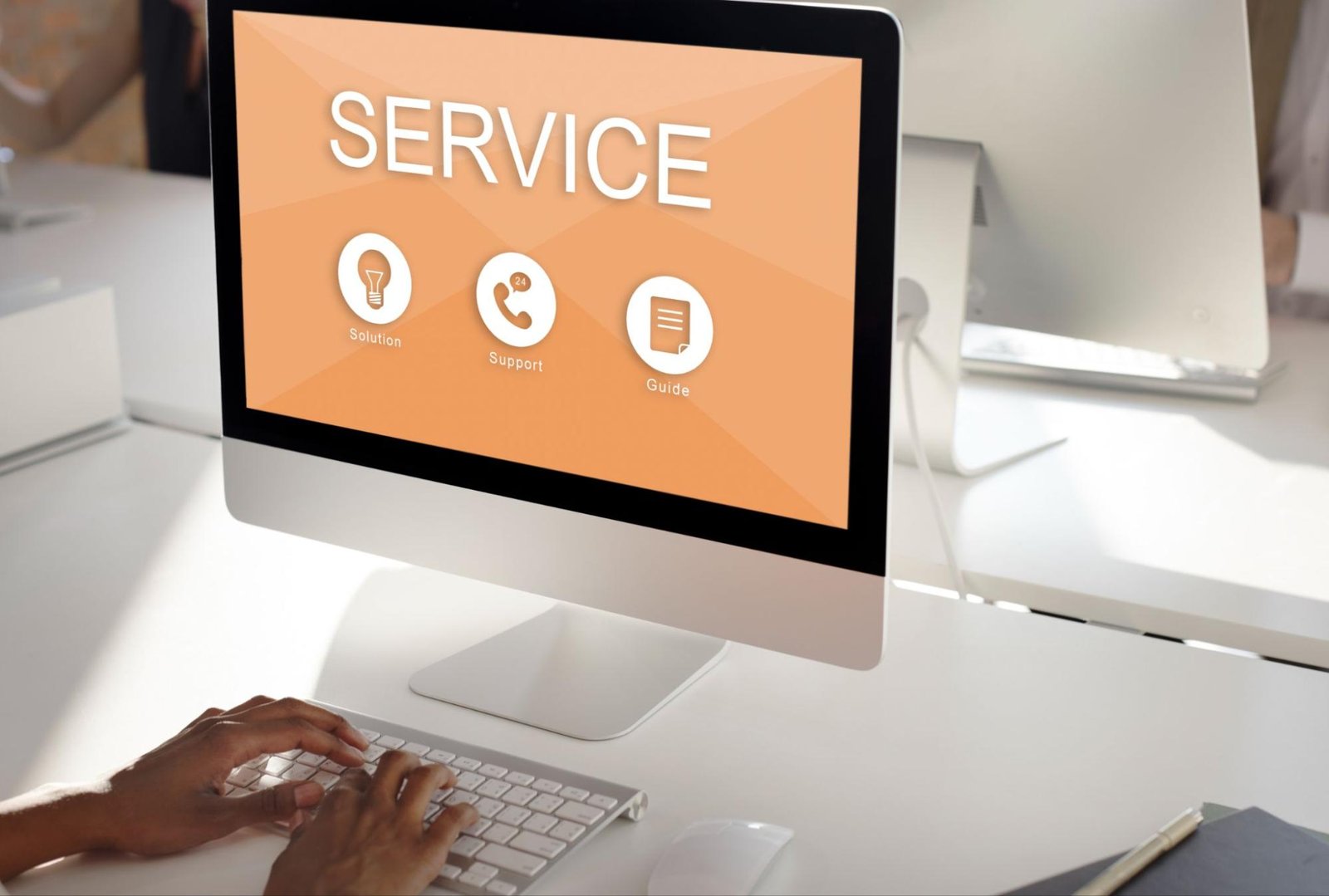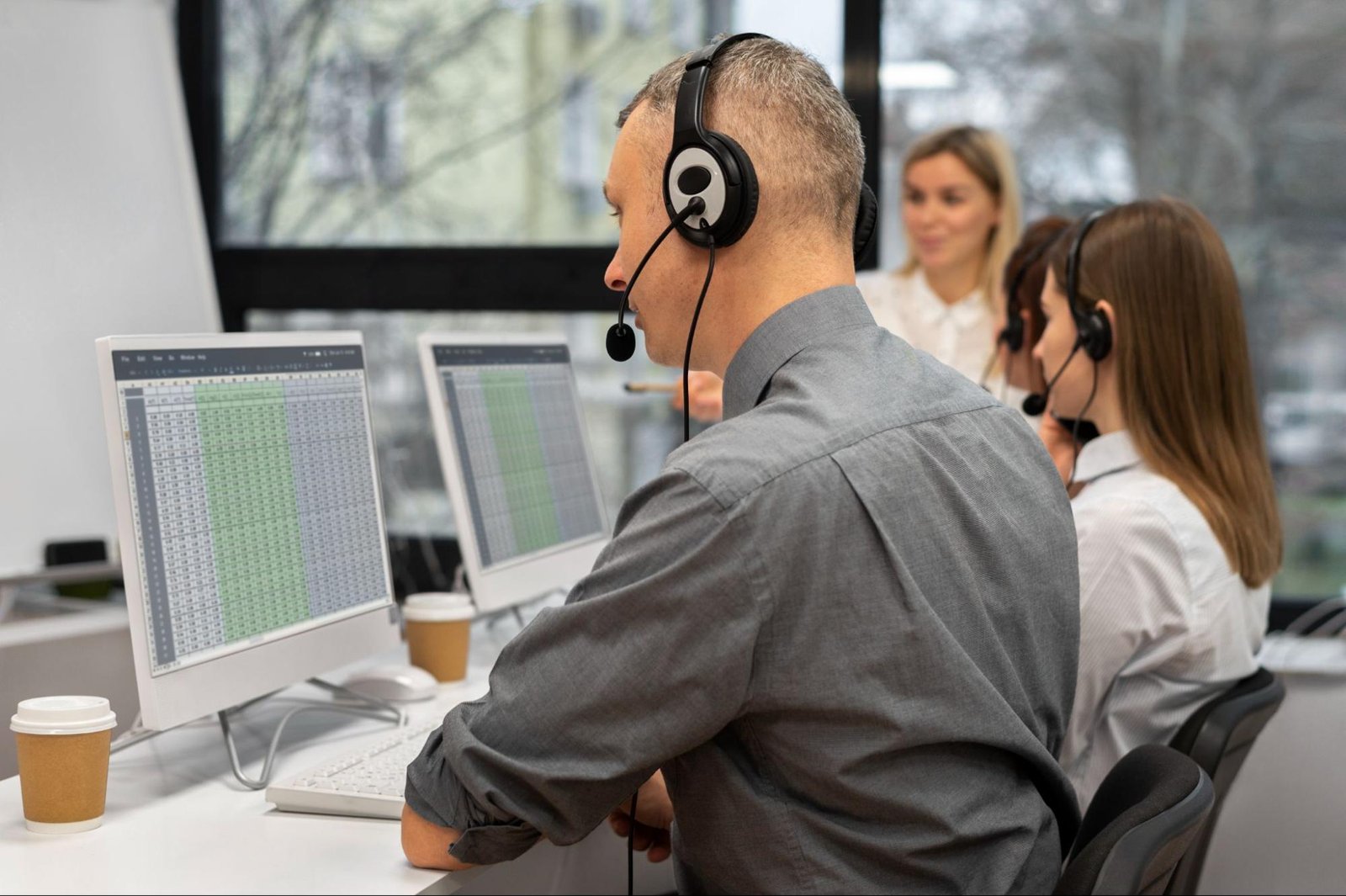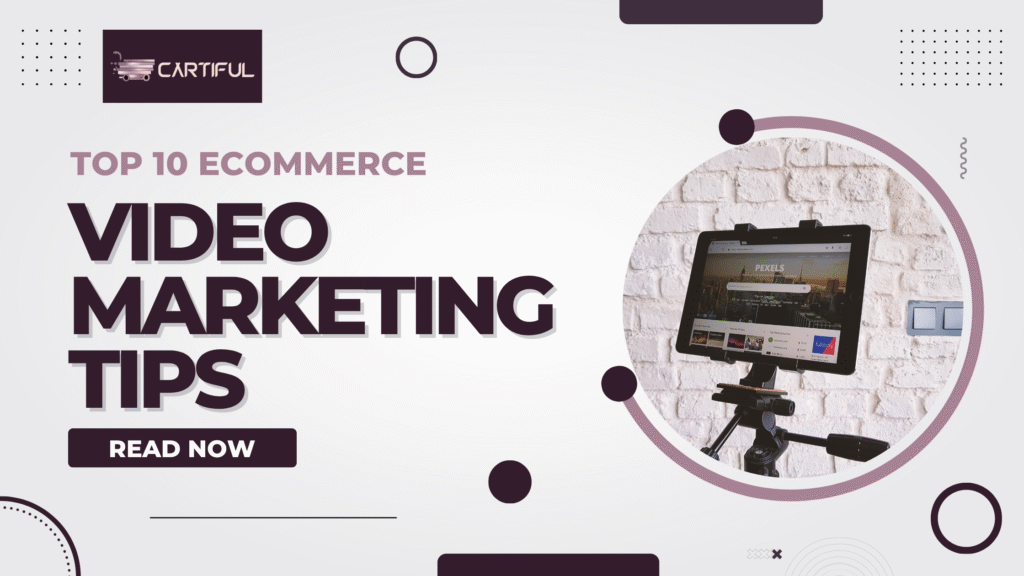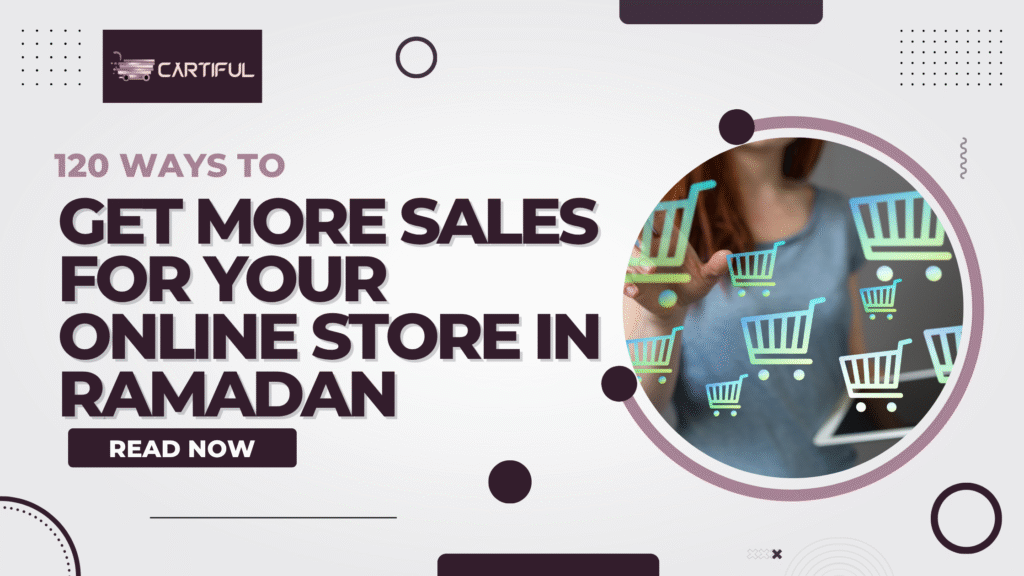Thinking about launching your own ecommerce website in Pakistan this year? With online shopping at an all-time high and local platforms finally catching up in terms of payment gateways, website builders, and logistics, it’s never been a better time to build your own online store.
But here’s what most small business owners and new ecommerce brands get wrong: they jump in without knowing the real numbers. Between the rising dollar rate, unexpected tech costs, and all the hidden pieces like domain registration, website hosting, SSL certificates, or even basic SEO services, the actual ecommerce website cost in Pakistan can catch you off guard.
This 2025 guide breaks it all down, from the basics of setup to what it takes to scale. Whether you’re building on Shopify, WooCommerce, or hiring a local web designer, we’ll walk you through exactly what to expect and how to plan a budget that actually works.
Quick Cost Snapshot (Typical Ranges in PKR)
Here’s what you can expect to pay in 2025 to build a fully functional ecommerce website in Pakistan, depending on your business stage, goals, and the tech stack behind your online store.
Lean WooCommerce Starter: PKR 150K–350K
Great for small brands taking their first steps online. This setup includes a basic domain name, shared web hosting, a free WooCommerce plugin, and a pre-built theme.
Ideal if you’re selling a few physical products, managing orders manually, and don’t need heavy custom features. You’ll still want a clean user interface design and a simple SEO setup to stay visible.
Growth-ready Shopify Store: PKR 400K–800K
This is where most scaling brands typically end up. You get a premium theme, smart payment gateway integrations, solid ecommerce functionality, and tools to drive customer engagement. Think Shopify apps, analytics, and better mobile optimization.
It’s designed to grow with you; it’s built for paid ads, social media marketing, and high-converting creatives that reflect your visual identity.
Enterprise / Headless Build: PKR 1.5M+
A custom ecommerce website built for businesses handling serious volume. This setup includes dynamic websites, custom web design packages, PWA or mobile app layers, real-time inventory, and BI dashboards. You’ll need scalable cloud hosting, solid website security, and a seamless user experience across the web and mobile. It’s built for speed, scale, and multi-channel online shopping.
A custom ecommerce website built for businesses handling serious volume. This setup includes dynamic websites, custom web design packages, optional mobile app or app-like web experience, real-time inventory, and BI dashboards. You’ll need scalable cloud hosting, solid website security, and a seamless user experience across web and mobile. It’s built for speed, scale, and multi-channel online shopping.
One-Time Setup Costs
Before launching your ecommerce website, you’ll need to cover the essentials, from domain registration and web hosting to design, platform setup, and security. These one-time costs build the foundation of your online store’s performance and customer experience.
Domain & Hosting
A Pakistani domain name costs approximately Rs 1,600 per year via PKNIC. Basic shared hosting services typically start at Rs 8,000 per year, with reliable cloud hosting plans beginning at Rs 35,000+ annually for more scalable solutions. Stable hosting improves speed, uptime, and overall website security.
Platform or CMS
Shopify Basic costs $29 per month, with a 2% fee applied to local payment methods, including JazzCash and EasyPaisa. WooCommerce is free, but you’ll need a PHP web developer, typically earning Rs 49K–55K per month. Your Content Management System impacts both flexibility and cost.
Design & Theme
A premium Shopify or WooCommerce theme costs Rs 20K to 50K. Fully custom themes converted from Figma designs range from Rs 80K to 150K. Good web design improves user interface design, mobile optimization, and conversions.
Core Development & QA
A basic ecommerce website with up to 50 SKUs typically costs between Rs 120K and 250K. Advanced features like filters, gift cards, and bundles can push costs past Rs 500K. A budget for QA and user acceptance tests is essential to avoid early issues.
Payment Gateway Setup
Integrating JazzCash, EasyPaisa, or XPay costs Rs 15K to 35K. Transaction fees range from 2.0% to 2.9%. International options, such as NowPayments and XStak, offer flexibility for various payment methods.
Legal & Security Essentials
Key setup tasks include SECP registration, FBR NTN, and policy templates. An SSL certificate (approximately Rs 4,000) secures the checkout, and a GDPR/PDPA plugin (approximately Rs 10,000) ensures compliance. These are essential for establishing trust and providing a safe online shopping experience.
Optional Feature Add-Ons
Once your ecommerce website is live, specific add-ons can help boost performance, scale operations, and improve user experience. These extras aren’t always essential at launch, but become valuable as your online store grows.
Mobile App or PWA
For better mobile optimization, a Flutter-based mobile app or Progressive Web App (PWA) typically costs between Rs 180K and 400K. It’s a valuable upgrade for stores with growing mobile traffic or a strong base of returning customers.
ERP / Inventory Integration
For smoother stock and order management, integrating WooCommerce REST API or Shopify middleware costs Rs 60K to 120K, with a recurring SaaS fee of around Rs 6K per month. This is key for ecommerce businesses scaling their inventory systems or syncing with warehouses.
Advanced Analytics & Tag Management
Implementing Google Tag Manager (GTM), GA4, and server-side tracking runs Rs 40K to 90K one-time, plus around Rs 15K per month for CRO tools and testing. It’s essential for brands focused on conversion optimization and data-driven marketing campaigns.
Logistics & 3PL Plugins (Leopards, Trax, Rider)
Connecting to logistics providers like Leopards, Trax, or Rider via plugins and webhook testing typically costs between Rs 20K and Rs 50K. Automating shipping processes improves customer satisfaction and reduces manual fulfillment errors.
Multilingual / Multi-Currency
If your ecommerce website serves customers in different regions, adding language and currency options can make a big difference.
Tools like WPML and a currency switcher plugin typically cost Rs 25K, with around Rs 40K for developer setup. A solid upgrade for improving user experience and increasing global reach.
Ongoing Monthly or Annual Costs
Running an ecommerce website doesn’t end after launch. To keep your online store optimized, secure, and competitive, you’ll need to budget for monthly or annual services that support performance, visibility, and customer experience.
Platform Subscription / Server Renewal
Shopify’s Basic plan costs $29 per month and includes hosting, updates, and platform support. WooCommerce users typically require a VPS hosting account, ranging from Rs 3K to 9K/month, depending on traffic, storage, and server performance. Regular server renewals ensure your site stays online and loads fast.
Payment Gateway & Transaction Charges
Most local payment gateways, such as JazzCash, EasyPaisa, or XPay, charge a fee of 2% to 2.9% per transaction, plus a Rs 50 withdrawal fee per settlement. These fees impact your margins and should be factored into your overall ecommerce business cost planning.
Marketing Budget (Paid + SEO)
Performance marketing is essential for scaling. Expect at least Rs 60K per month in Google Ads or Meta Ads media spend, plus Rs 35K to 60K per month for a dedicated agency. Add Rs 45K to 90K per month for SEO services to grow long-term visibility through content, technical SEO, and keyword targeting.
Performance marketing is a key driver of ecommerce growth. Allocate at least Rs 60K per month toward Google Ads or Meta Ads for targeted traffic, plus Rs 35K to 60K for a dedicated performance agency.
For long-term gains, expect to invest Rs 45K to 90K per month in SEO services focused on technical SEO, optimizing product descriptions, improving metadata, and building high-quality backlinks to boost organic visibility.
Maintenance & Support Retainer
Monthly website maintenance costs Rs 25K to 40K for backups, security patches, uptime monitoring, and minor fixes. This ensures your ecommerce store stays updated, performs well, and remains secure, especially during peak traffic or campaigns.
Apps & Plugins
Shopify stores typically use 5–10 apps, with costs ranging from Rs 5K to 15K per month, depending on features like reviews, upsells, or email automation. WooCommerce plugins can add Rs 2K to 8K per month. These tools support key areas like user experience, product management, and customer engagement.
Hidden Costs Pakistani Merchants Overlook
Even with a solid launch plan, many ecommerce businesses in Pakistan encounter unexpected costs that can erode profits or hinder growth. These hidden expenses often arise after launch, and identifying them early can save time, money, and customer trust.
Core Web Vitals Optimization
Slow load times and poor mobile performance can negatively impact both conversions and SEO. Refactoring bloated themes, optimizing assets, and implementing a content delivery network (CDN) can cost between Rs 40K and Rs 80K. These updates improve the user experience, reduce bounce rates, and boost search engine optimization results.
Returns & Customer Service Infrastructure
As your online store grows, so do returns and support needs. Setting up an RMA (Return Merchandise Authorization) system and maintaining a customer service desk, even if outsourced, costs around Rs 25K per month. It’s essential for managing buyer expectations and delivering consistent post-purchase support.
Currency Volatility & Bank Settlement Delays
Merchants billing in USD through platforms like Shopify or using international plugins often face a margin loss of up to 4% due to exchange rate fluctuations and bank settlement delays. Plan for this buffer when pricing products or budgeting for international payment methods.
5-Step Framework to Estimate Your Budget
By now, you’ve seen how much the cost of an ecommerce website can vary. From domain setup to platform fees and hidden extras, it’s easy to lose track of your budget. This 5-step framework ties it all together, helping you estimate what you’ll really need based on your goals, product range, and growth plans.
Step 1: Define Revenue Targets & SKU Count
Start by setting realistic monthly revenue goals and estimating your initial product count (SKUs). A small business selling 10 products has very different needs from a dynamic website with 500+ SKUs.
This helps define the level of tech, storage, and marketing investment required, especially when scaling into categories like digital products or subscription-based services.
Step 2: Choose A Platform That Matches Ops Resources
Select a platform that fits your operational capacity. If you don’t have a tech team, Shopify may be better for ease of use. If you have in-house developers, WooCommerce offers flexibility.
Consider factors like payment gateway setup, inventory systems, and website maintenance, all of which impact long-term effort and cost.
Step 3: Separate Must-Have vs Nice-to-Have Features
List core features (e.g., secure checkout, mobile optimization, analytics, and reports) separately from extras like loyalty programs or custom dashboards.
This helps control the scope and ensures your ecommerce functionality stays aligned with customer needs and budget. Focus on features that directly support conversions and user experience.
Step 4: Request Itemised Quotes From 3 Vendors
Reach out to at least three local web development agencies or freelancers. Ask for detailed, itemized estimates covering domain registration, hosting, design, development, plugins, and any third-party integrations.
This not only provides cost transparency but also helps identify inflated charges or overlooked essentials.
Step 5: Add 20% Contingency for Scope Creep
No matter how tight the brief, scope creep can occur; this includes extra plugins, late-stage design changes, or third-party API issues. Add a 20% buffer to your total project estimate to account for potential unexpected delays or overspending.
This is especially important if you’re using a custom web design package or building complex workflows.
A Website That Doesn’t Convert Is Just an Expense
Most Pakistani ecommerce brands invest heavily in websites that look impressive but fail to perform. Cartiful helps you change that. We integrate strategy into the process early, so your budget is allocated toward design, development, and marketing efforts that actually drive revenue. Every decision is made with growth in mind.
If you’re planning your ecommerce website cost, Cartiful isn’t a finishing touch. It’s where smart brands begin.
Book Your Free Audit Now and get a clear roadmap before you invest.
Frequently Asked Questions
1. Is Shopify or WooCommerce cheaper in the long run?
WooCommerce tends to have a lower initial cost but may require more investment in web hosting, plugins, and developer support for ongoing maintenance and customization. Shopify has a fixed monthly fee that covers hosting, security, and built-in tools. Long-term, Shopify may be more efficient for non-technical teams, while WooCommerce offers flexibility for those with in-house dev resources.
2. Do I need to register with the SECP before launching my e-commerce site?
Yes, especially if you plan to use local payment gateways like JazzCash or EasyPaisa. SECP registration and an FBR NTN build trust, ensure compliance, and help with tax reporting. It’s a key part of launching a professional and scalable online business in Pakistan.
3. How much should I budget monthly for marketing?
Most ecommerce stores spend Rs 60K to 90K per month on Google Ads, Meta Ads, and SEO. Add Rs 40K to 60K if you’re working with an agency. A smart marketing budget supports growth, drives traffic, and keeps your customer acquisition cost in check.
4. Do I need a mobile app, or is a mobile-friendly site enough?
A mobile-friendly ecommerce website is usually enough early on. However, if you rely heavily on mobile users or want features like push notifications, investing in a mobile app or PWA (ranging from Rs 180K to Rs 400K) can enhance engagement and retention.
5. Why do most ecommerce sites fail to convert?
Most ecommerce websites fail due to poor user experience, slow speed, and lack of a clear growth strategy. Without proper SEO, analytics, and conversion-focused design, even the best-looking site won’t generate sales.
6. When should I bring in a team like Cartiful during the website planning process?
Ideally, right at the start. Most Pakistani ecommerce websites fail to convert because their strategies are often developed after the design is completed. Cartiful helps map out your goals, budget, and customer journey before a single rupee is spent, ensuring your site is built to sell, not just to look good. Bringing in the right team early can save a lot of budget and months of trial and error.

